


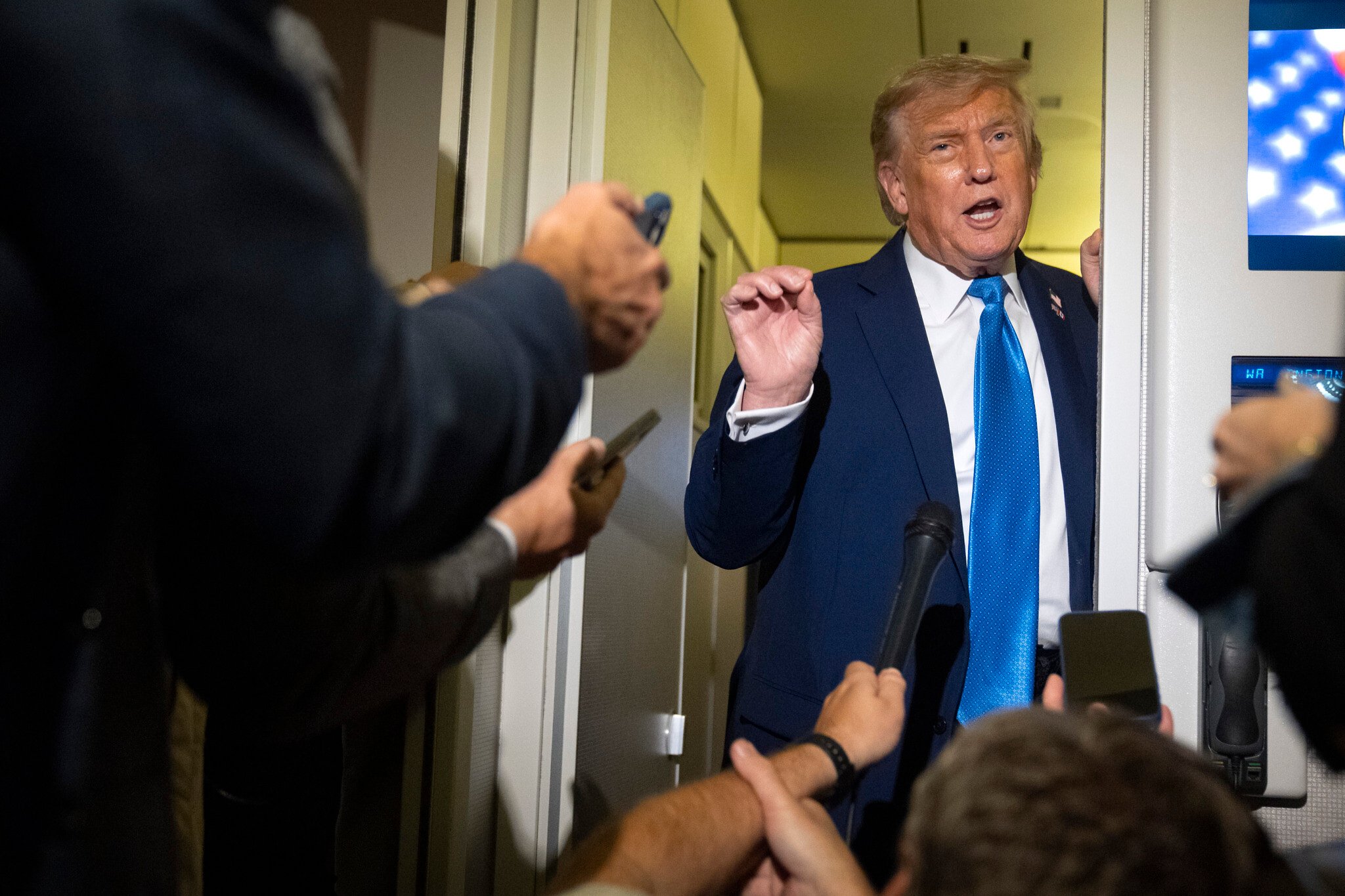
Taking the podium at his first press conference since deciding to strike Iran’s nuclear program, Prime Minister Benjamin Netanyahu on Monday read out Israel’s achievements in Operation Rising Lion.
The list is impressive. Israeli forces have taken out Iran’s military leadership, hit hundreds of ballistic missiles and dozens of launchers, wiped out half of Iran’s UAVs, and established air superiority in western Iran.
On the nuclear front, Netanyahu also has much he can point to. Israel has killed 10 senior nuclear scientists, and promises to reach more. It has caused extensive damage to key nuclear sites as well.
But – as Israel has learned in Gaza – impressive tactical achievements do not automatically amount to operational success, and damage to some core elements of Iran’s nuclear program does not necessarily mean Israel has set it back very far.
‘The blow is not yet critical,” said Raz Zimmt, director of the Iran and the Shiite Axis research program at the Institute for National Security Studies in Tel Aviv.
By design, at the outset, the campaign had to place a significant emphasis on targets not directly connected with Iran’s nuclear program.
What was in effect an aerial breaching operation focused on taking out enemy air defenses in its first stage to allow the air force to operate freely in much of Iran’s skies.

“We dismantled the air defense envelope very well, and now we are operating there almost freely,” said Yaakov Amidror, former national security adviser to Netanyahu.
Another focus was on ballistic missile stores and launchers, to curtail the damage Iran could incur on Israel. As of Tuesday, the IDF said, it had destroyed some 40 percent of Iran’s ballistic missile launchers.
“We probably haven’t done too badly there,” said Amidror. “They promised to fire six times as much.”
While those efforts continue, the operation is, at its core, about Iran’s nuclear program, and Israel has already made strides in its goal of seriously damaging it.
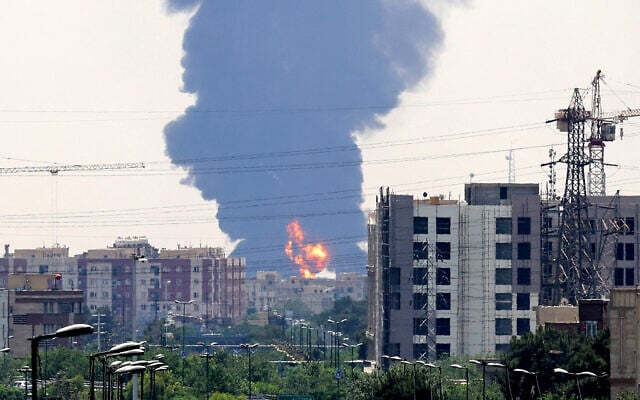
It is very likely that all the roughly 15,000 centrifuges operating at Iran’s biggest uranium enrichment plant at Natanz, including those underground, were badly damaged or destroyed, whether directly or indirectly, due to a power cut caused by an Israeli strike, the IAEA has said.
Israel bombed Natanz early Friday during the first wave of major strikes that started its shock campaign against Iranian military and nuclear sites, in a move it says was needed to thwart an immediate existential nuclear threat.
It also targeted the Isfahan uranium conversion facility, which turns raw mined uranium into uranium hexafluoride (UF6), a feed gas for centrifuges.
IAEA chief Rafael Grossi elaborated on the damage to four buildings at Isfahan: “The central chemical laboratory, a uranium conversion plant, the Tehran reactor fuel manufacturing plant and the UF4 [uranium tetrafluoride] to EU [enriched uranium] metal processing facility, which was under construction.”
However, the job at Isfahan is far from complete.
“What is not as successful is that there just does not appear to be any damage to any of the underground facilities,” Jeffrey Lewis, a nonproliferation scholar at the Middlebury Institute of International Studies, told The Times of Israel.
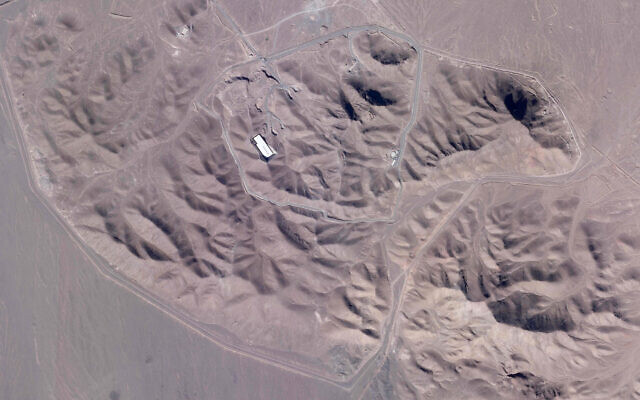
And then there is the Fordo plant, built into a mountain near the holy central city of Qom.
Initially describing it as an “emergency” facility built underground to protect it from potential air attacks, Iran later indicated Fordo was an enrichment plant capable of housing about 3,000 centrifuges.
“There is very limited, if any, damage registered [there],” said Grossi.
An Israeli military official speaking on condition of anonymity told Reuters that the Israeli Air Force has not targeted the Fordo facility, but said that it still might happen.
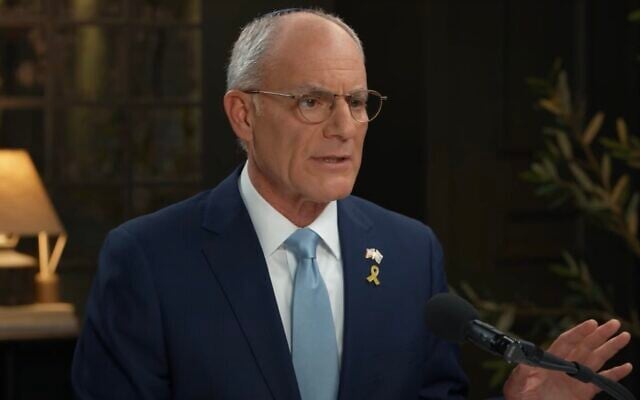
Israel’s ambassador in Washington was more emphatic. “This entire operation… really has to be completed with the elimination of Fordo,” Yechiel Leiter told Fox News on Friday.
“If you leave infrastructure like Fordo in place,” Lewis cautioned, “there’s just really no point.”
Israel’s goal, despite what Netanyahu might say, is not the total, permanent annihilation of Iran’s nuclear program.
It’s actually much more modest, and attainable — a tighter nuclear agreement between Iran and Western powers, an Israeli official told The Times of Israel.
Israel is aiming to “cause enough damage [to the nuclear program] to revert to diplomacy and get a good agreement,” the official said.
If that is not possible, the hope is to push back the program for several years.
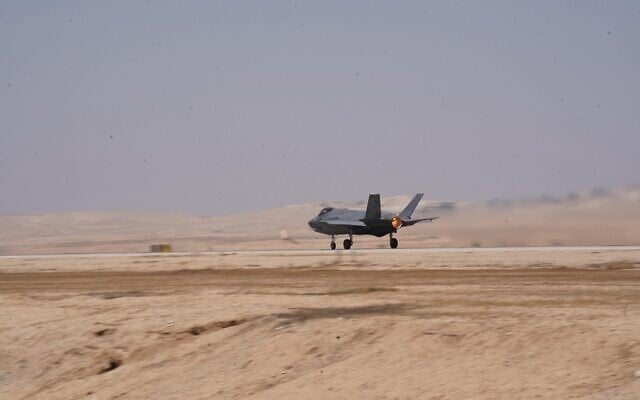
That has not yet been accomplished, Zimmt cautioned.
“For now, it’s half a year or a year, but definitely not more than that,” he said.
“It’s still concerning that you have highly enriched uranium stock likely still present at Isfahan underground, as well as the Fordo enrichment facility,” said Andrea Stricker, deputy director of the Nonproliferation Program at the Foundation for Defense of Democracies.
“As long as Iran retains the ability to make weapons from uranium, there is more work ahead,” she said.
The most straightforward way to knock out a nuclear facility is from the air. But Fordo sits up to 90 meters under a mountain, rendering that task nearly impossible.
Israel’s conventional munitions can’t come even close. The BLU-109s it likely used to kill Hezbollah leader Hassan Nasrallah — who was hiding 20 meters underground — can only penetrate 2-3 meters of reinforced concrete. It took dozens of such bombs dropped in rapid succession to reach Nasrallah.
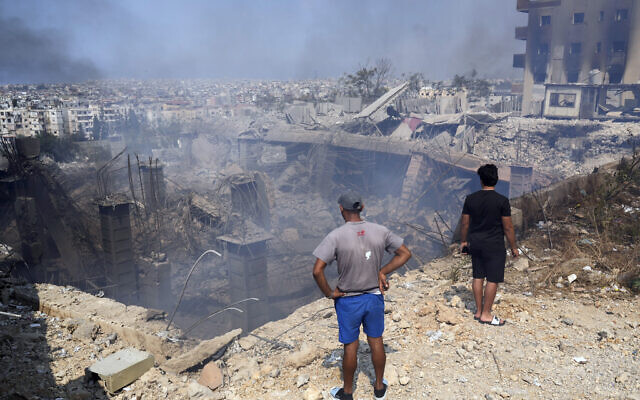
The only munition that can reach Fordo’s underground facility is the American 30,000-pound GBU-57 Massive Ordnance Penetrator. It is believed to be able to penetrate about 200 feet (61 meters) below the surface before exploding, and the bombs can be dropped one after another, effectively drilling deeper and deeper with each successive blast.
Israel doesn’t have the option of buying it from Washington, as the only plane that can carry it is the US B-2 bomber.
So if Fordo is to be attacked from the air, it will take a decision from US President Donald Trump to jump into the fray.
The president seems undecided, but increasingly open to the possibility.
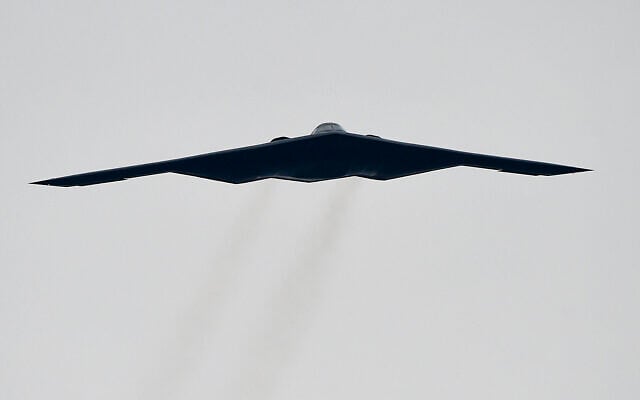
Trump was slated to convene his national security team on Tuesday to make a decision on US involvement, Axios reported, citing three US officials.
He is “seriously considering” launching a US strike, according to the outlet.
If Vice President J.D. Vance and the isolationist wing of his coalition win the day, Israel still has options.
Israel could theoretically use a nuclear weapon to destroy Fordo. But the first battlefield use of a nuclear bomb since 1945 would undermine Israel’s legitimacy in its campaign to prevent Iran from attaining such a weapon.
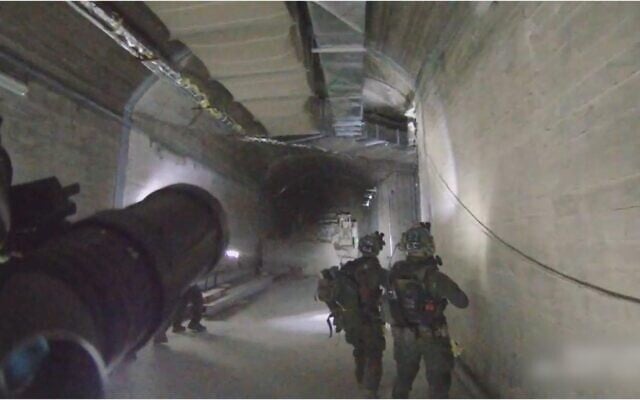
It could also carry out a commando raid, similar to the special forces operation that destroyed Syria’s underground missile production facility at Masyaf in September 2024.
Leiter seemed to tease that possibility in an interview with ABC News.
“We have a number of contingencies… which will enable us to deal with Fordo,” he said. “Not everything is a matter of, you know, taking to the skies and bombing from afar.”
The Associated Press contributed to this report.
